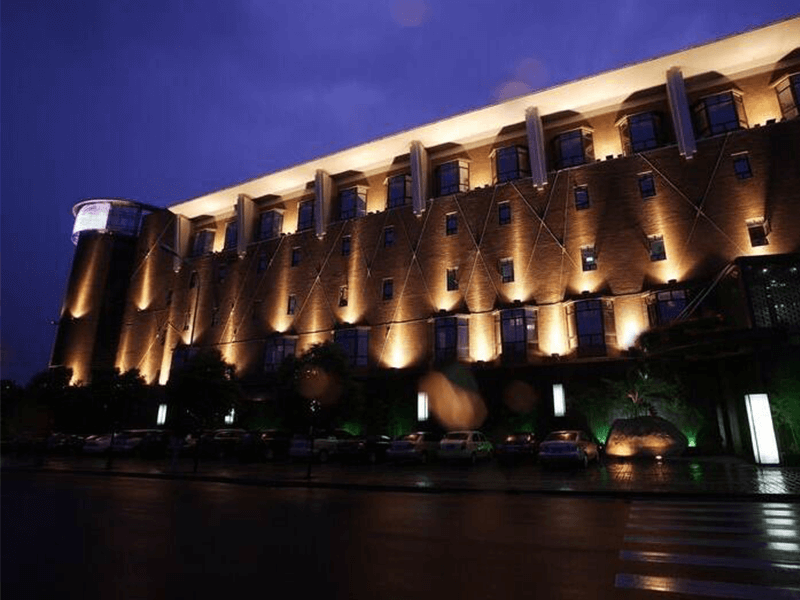In the intricate tapestry of retail design, lighting is a silent orchestrator; it sets the stage for an immersive shopping experience. The strategic use of lighting can influence customer perceptions, shape emotions, and ultimately drive purchasing decisions.
1. Creating Atmosphere and Ambiance: In retail, the atmosphere is everything. Lighting serves as the curator of this atmosphere, defining the mood and character of the space. Well-designed lighting can transform a sterile environment into a warm, inviting haven, beckoning customers to explore and engage. From the soft glow highlighting product displays to the spotlighting of focal points, every beam plays a role in sculpting the overall ambiance.
2.Highlighting Merchandise: Effective lighting is a spotlight for your merchandise, guiding the customer’s gaze to featured products and creating visual focal points. Whether it’s the soft glow that accentuates the luxurious texture of fabrics or the vibrant spotlight on a flagship product, lighting directs attention, subtly influencing what customers notice and remember.
3. Influencing Perceptions of Quality: Perception is a reality in retail. The proper lighting can enhance the perceived quality of products, making them appear more appealing and desirable. Distinctively, gentle and warm lighting has the ability to evoke a feeling of opulence, whereas clear and bright lighting can project a contemporary and efficient impression. Grasping the psychology of lighting empowers retailers to shape a storyline that connects deeply with their intended audience.
4. Teasing the Impact of Color Temperature on Shopper Behavior:
Enter the realm of color temperature—a nuanced dimension that elevates the role of lighting to a science. The color temperature of lighting affects visibility and, more crucially, shapes shoppers’ emotional responses and behavior.
5. Warm vs. Cool Tones: Color temperature, measured in Kelvin (K), classifies lighting into warm (lower Kelvin) and cool (higher Kelvin) tones. Warm lighting (e.g., around 2700K) creates a cozy and intimate atmosphere, fostering a sense of comfort. On the other hand, cool lighting (e.g., 4000K and above) imparts a more energizing and modern feel, ideal for showcasing contemporary products.
6. Influence on Dwell Time and Purchase Decisions: Understanding the impact of color temperature allows retailers to deploy lighting to influence shopper behavior strategically. Warm tones may encourage customers to linger, creating a leisurely shopping experience. Cool tones stimulate a sense of urgency with their invigorating effect, potentially accelerating decision-making and purchases.
